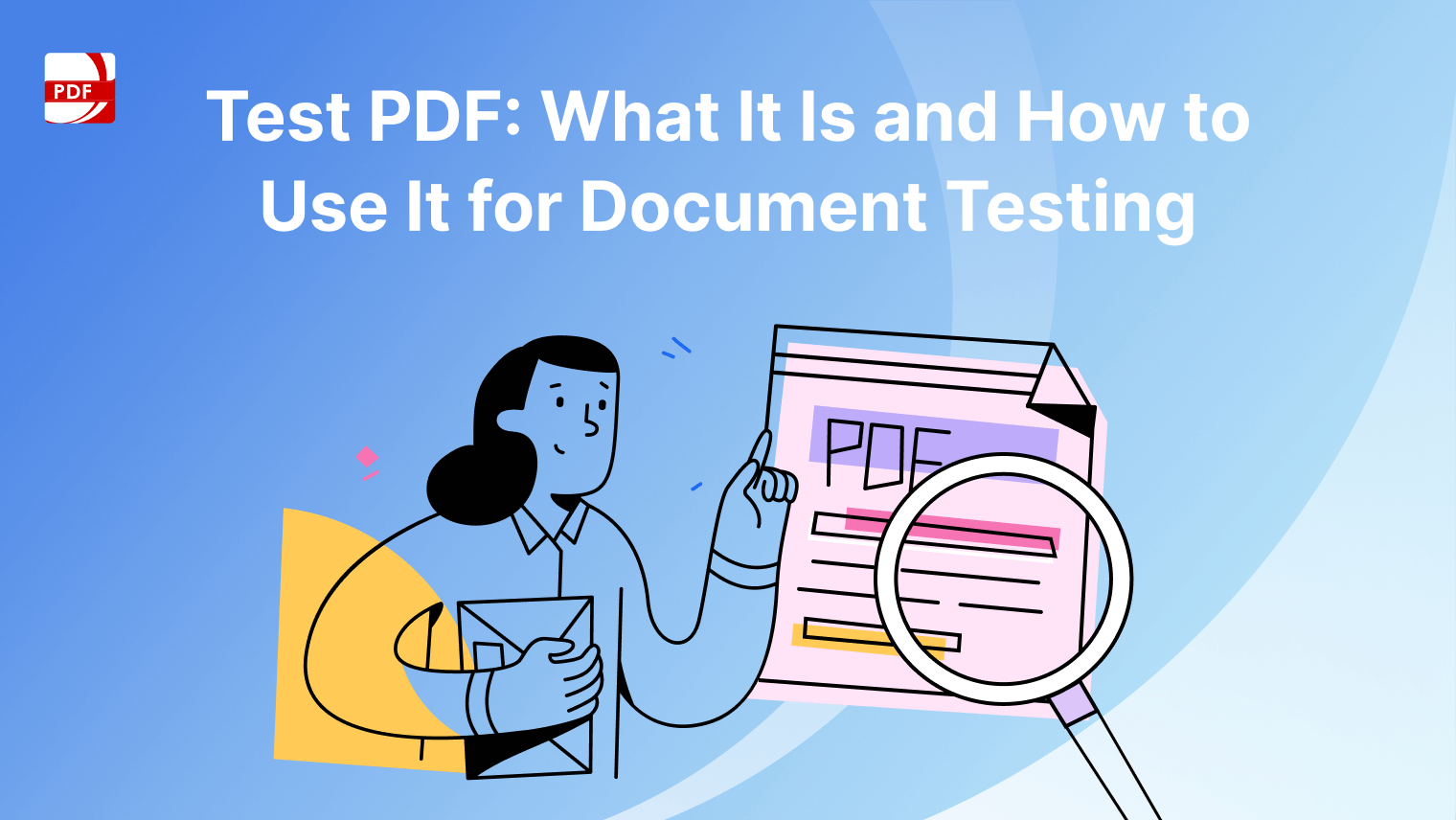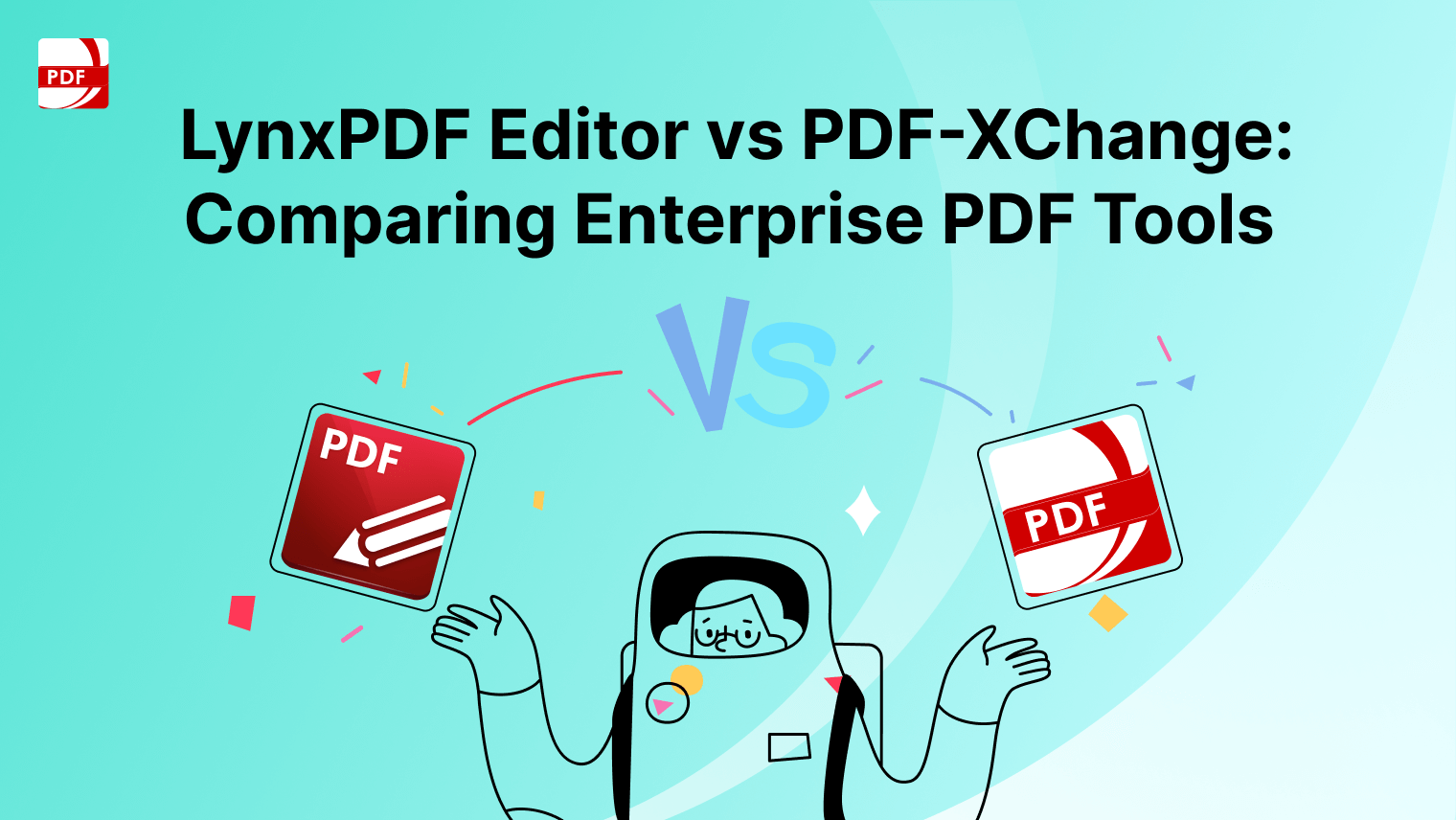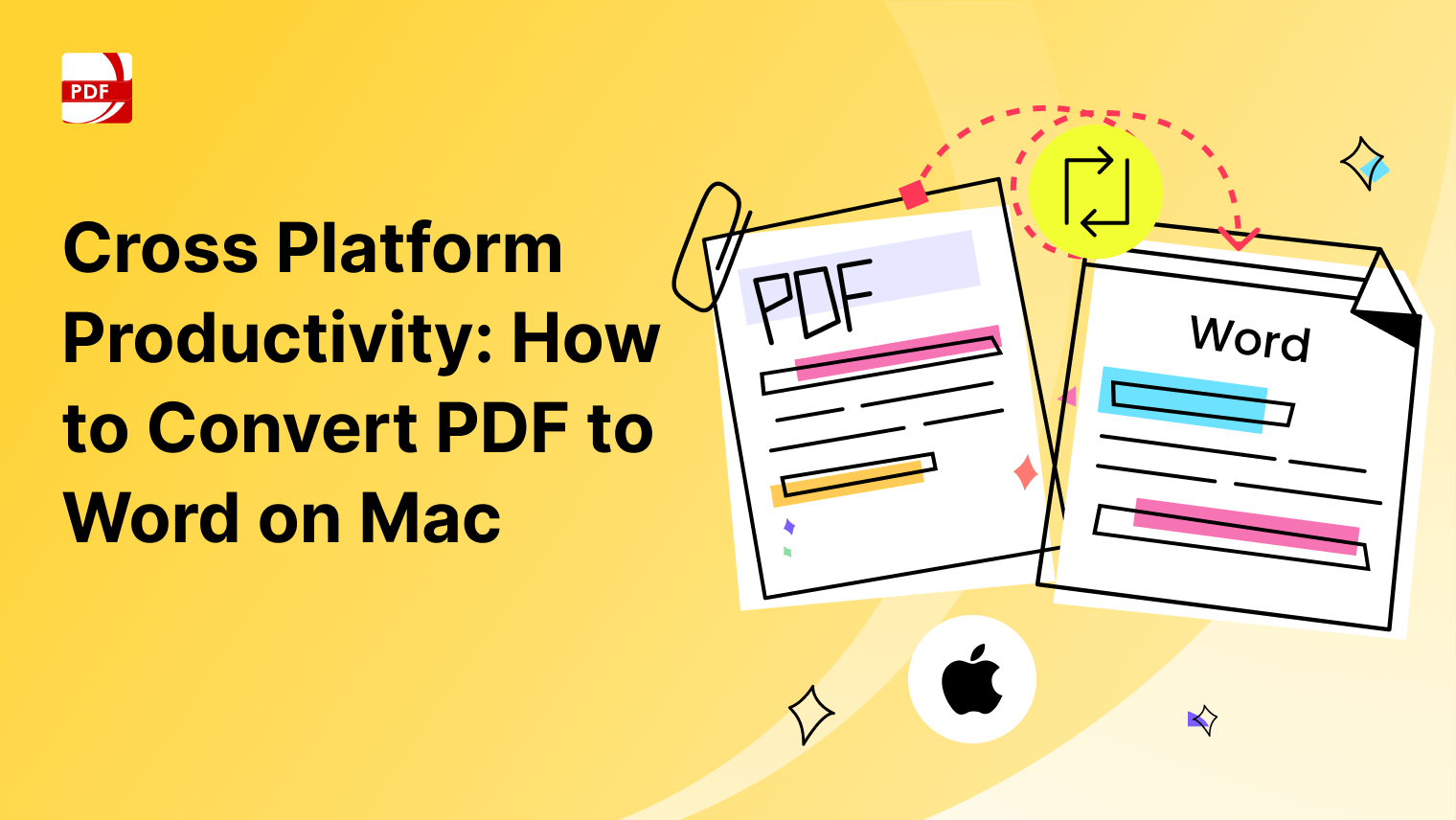Converting documents from one format to another, such as Word to PDF, is a common requirement in many industries, including legal, education, business, and more.
Fortunately, with the advancement of technology, Application Programming Interfaces (APIs) have simplified this process, offering developers and users tools to automate and streamline document conversion tasks.
Why Choose Word to PDF API?
An API (Application Programming Interface) is a set of protocols and tools for building software applications.
A Word to PDF conversion API allows developers to integrate document conversion capabilities directly into their applications, websites, or backend systems without manual intervention. It allows for:
| Ease of Integration | APIs are designed for easy integration into existing software systems, requiring minimal coding effort. |
| Batch Processing |
Convert multiple Word documents to PDF simultaneously, enhancing productivity for bulk operations. |
| Document Security |
APIs often support encryption options to secure converted PDF files, ensuring confidentiality. |
| Customization Options |
Some APIs offer customization features such as setting document metadata, watermarking, and specifying page orientation. |
How to Use a Word-to-PDF API Converter
Here’s a simplified guide on how to convert Word documents to PDF using an API:
Step 1: Choose an API Provider
Select a reliable API provider that offers Word to PDF-conversion capabilities.
Consider factors such as pricing, documentation quality, support, and compatibility with your development environment.
Image Source: ConvertAPI
Step 2: Obtain API Access Credentials
Sign up for an API account and obtain access credentials (API key, secret key, OAuth tokens, etc.) required for authentication and authorization.
Step 3: Upload Your Document
Integrate the API into your application or website using SDKs (Software Development Kits) provided by the API provider.
SDKs typically include code samples and libraries to facilitate integration across different programming languages (e.g., Python, Java, PHP).
Image Source: ConvertAPI
Step 4: Perform Word to PDF Conversion
Implement the API’s conversion endpoint in your application code.
Provide the API with the path or content of the Word document to be converted and specify any optional parameters (e.g., output file name, encryption settings).
Image Source: ConvertAPI
Step 5: Handle Converted PDF Output
Receive the converted PDF file from the API response.
Depending on your application’s requirements, you can store the PDF locally, send it via email, or integrate it into a document management system.
Benefits of Word-to-PDF API
There are several benefits that can be gained from converting Word documents to PDF conversion API. These include:
-
Efficiency: Automates document conversion tasks, saving time and reducing manual errors.
-
Scalability: Handles large volumes of document conversions effortlessly through batch processing capabilities.
-
Reliability: Provides consistent and accurate conversion results, preserving document fidelity.
Need to convert more files to other formats? PDF Reader Pro is capable of converting PDFs to many other formats. Download the latest version here:
Leveraging a Word to PDF conversion API empowers developers and organizations to enhance document management workflows effectively.
Whether you’re building a web application, enterprise software, or integrating document processing into your business processes, APIs provide the flexibility and reliability needed to streamline operations.


